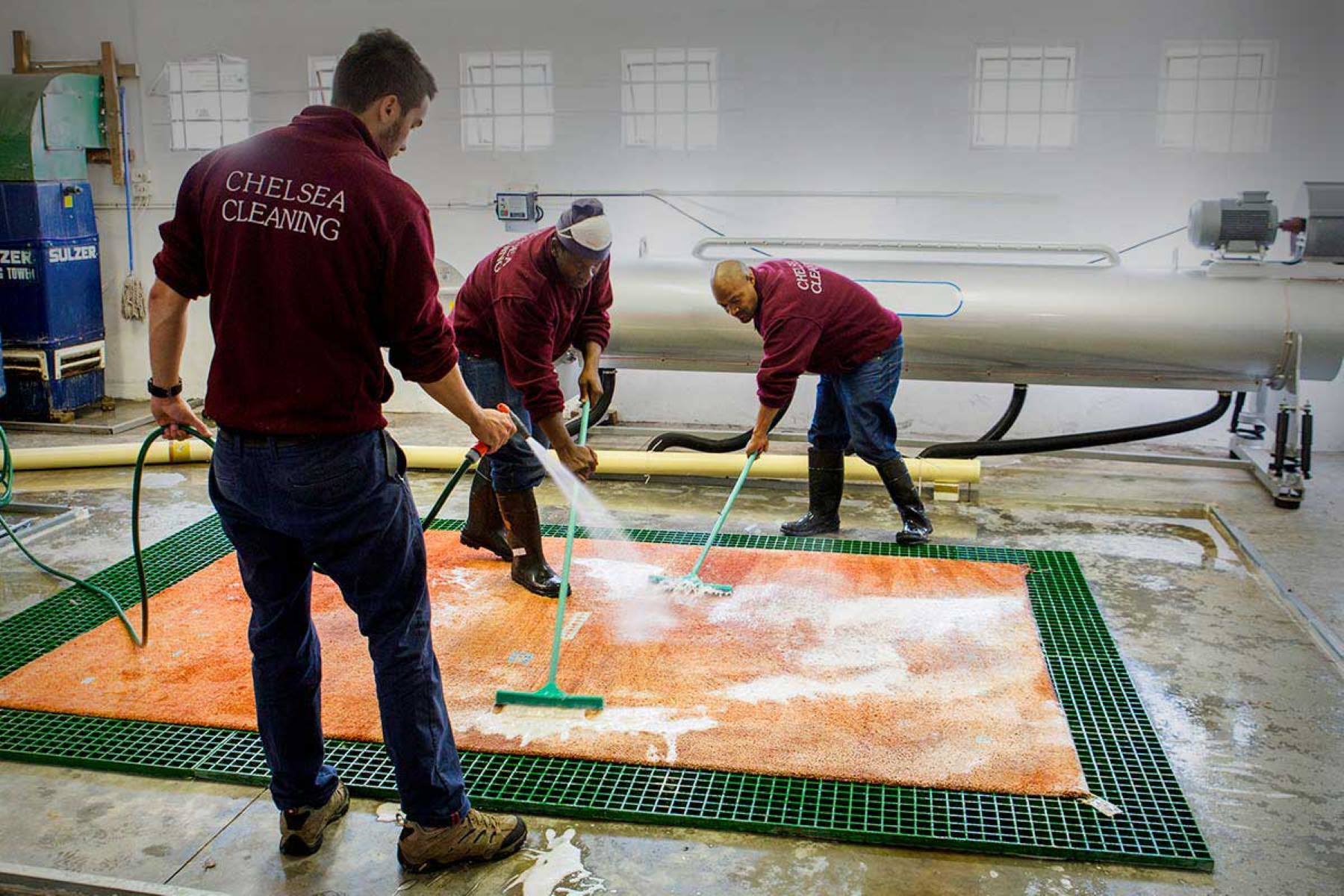

Articles
How Do You Clean Persian Rugs
Modified: January 19, 2024
Discover the best articles on how to clean Persian rugs, including expert tips and step-by-step guides. Keep your rugs looking pristine with our comprehensive cleaning techniques.
(Many of the links in this article redirect to a specific reviewed product. Your purchase of these products through affiliate links helps to generate commission for Storables.com, at no extra cost. Learn more)
Introduction
Persian rugs are renowned for their exquisite craftsmanship, intricate designs, and rich history. These luxurious rugs have adorned homes and spaces for centuries, adding a touch of elegance and cultural heritage to any room. However, like any other type of rug, Persian rugs require regular cleaning and maintenance to preserve their beauty and longevity.
In this article, we will guide you through the process of cleaning Persian rugs, providing you with essential tips and techniques to ensure effective and safe cleaning. Whether you have an antique Persian rug or a modern piece, following the right cleaning methods will help restore its original beauty and extend its lifespan.
Before we dive into the cleaning process, let’s first understand the unique characteristics of Persian rugs and why they require special care.
Key Takeaways:
- Proper cleaning and maintenance of Persian rugs, including gentle vacuuming, spot cleaning stains, and thorough drying, are essential to preserve their intricate designs and natural fibers, ensuring their longevity and timeless beauty.
- Incorporating proactive measures such as using rug pads, rotating the rug, and protecting it from direct sunlight, along with regular professional cleaning, can safeguard the cultural heritage and value of Persian rugs for generations to come.
Read more: How To Decorate With Persian Rugs
Understanding Persian Rugs
Persian rugs, also known as Iranian rugs, are hand-knotted carpets that are traditionally made in Iran. They are highly valued for their quality, craftsmanship, and intricate designs, often featuring floral motifs, geometric patterns, or pictorial scenes.
One of the key features of Persian rugs is their use of natural materials. The foundation of the rug is made of cotton, and the pile is usually made of wool or silk. These natural fibers give Persian rugs their softness, durability, and unique aesthetic appeal.
However, the delicate nature of these rugs means that they require special care when it comes to cleaning. Improper cleaning techniques can damage the fibers, diminish the rug’s colors, and lead to irreversible damage.
Now that we have a better understanding of Persian rugs, let’s move on to the essential supplies you will need for cleaning.
Key Takeaways:
- Proper cleaning and maintenance of Persian rugs, including gentle vacuuming, spot cleaning stains, and thorough drying, are essential to preserve their intricate designs and natural fibers, ensuring their longevity and timeless beauty.
- Incorporating proactive measures such as using rug pads, rotating the rug, and protecting it from direct sunlight, along with regular professional cleaning, can safeguard the cultural heritage and value of Persian rugs for generations to come.
Read more: How To Decorate With Persian Rugs
Understanding Persian Rugs
Persian rugs, also known as Iranian rugs, are not just ordinary floor coverings; they are pieces of art that tell stories of Persian culture and history. These hand-knotted carpets have been crafted in Iran for centuries, with each rug showcasing intricate designs, vibrant colors, and exceptional craftsmanship. Understanding the unique features and characteristics of Persian rugs is crucial before embarking on the cleaning process.
One of the defining qualities of Persian rugs is the materials used in their construction. The foundation of the rug is typically made of cotton, providing a sturdy base for the knots. The pile, which creates the rug’s surface, can vary and may consist of wool, silk, or a combination of both.
Wool is the most common material for Persian rugs due to its durability, natural resilience, and superior stain resistance. Silk, on the other hand, is more delicate and often used for intricate designs or as accents in certain areas of the rug.
In terms of design, Persian rugs are renowned for their elaborate patterns and motifs. These designs often incorporate nature-inspired elements such as flowers, leaves, and animals. Each rug may have a unique design, reflecting the artistic expression of the weaver. Common Persian rug designs include the famous Tabriz, Isfahan, and Kashan patterns, among many others.
One characteristic that sets Persian rugs apart is their knotting technique. Persian rugs are hand-knotted, meaning each individual knot is tied by hand. This labor-intensive process results in a durable and tightly woven rug that can withstand wear and tear for generations. The knot density, measured in knots per square inch, is a key factor in determining the quality and value of a Persian rug.
When it comes to cleaning Persian rugs, it is essential to take into consideration their delicate nature and unique construction. The natural fibers used in Persian rugs require special care to avoid any damage or discoloration. Using the wrong cleaning methods or harsh chemicals can cause the colors to bleed, fibers to weaken, or even rugs to shrink.
Now that we have a better understanding of the unique characteristics of Persian rugs, let’s proceed to the next step: gathering the necessary cleaning supplies.
Gathering the Necessary Supplies
Before embarking on the cleaning process for your beloved Persian rug, it’s important to gather the necessary supplies to ensure a thorough and effective cleaning. Having the right tools and products at hand will not only simplify the cleaning process but also help preserve the rug’s delicate fibers and colors.
Here is a list of essential supplies you will need:
- Vacuum Cleaner: A quality vacuum cleaner with adjustable settings and a gentle brush attachment is essential for regular maintenance and removing loose dirt and debris from the rug’s surface. Ensure that the vacuum cleaner’s brush is clean to avoid inadvertently spreading dirt or damaging the rug.
- Mild Detergent: Look for a mild, pH-neutral detergent specifically designed for delicate fabrics. Avoid harsh chemicals or bleach, as they can damage the fibers and colors of the Persian rug.
- Soft Bristle Brush: A soft-bristle brush or a soft sponge can be used for spot cleaning stains on the rug. Ensure that the brush/sponge is clean and gentle to prevent any abrasion or damage.
- Bucket: A bucket will be handy for mixing the cleaning solution and water for spot cleaning or gentle washing of the rug.
- Clean White Towels or Soft Absorbent Cloth: These will be used for blotting excess moisture and drying the rug after cleaning.
- Rubber Gloves: Wearing rubber gloves will protect your hands from any cleaning solution or potential allergens present in the rug.
- Plastic Sheets or Drop Cloths: If the rug is being cleaned indoors, it is advisable to place plastic sheets or drop cloths underneath it to protect the underlying floor from any moisture or solution runoff.
- Stain Remover: It’s wise to have a specialized stain remover suitable for rugs on hand for immediate stain treatment.
- Optional: Rug Padding: Rug padding can provide extra cushioning and prevent the rug from slipping. If you have rug padding, make sure it’s clean and in good condition before you begin cleaning.
Having these supplies readily available before you begin cleaning your Persian rug will ensure a smooth and efficient process. Now that you’re prepared with the necessary tools, it’s time to move on to preparing the rug for cleaning.
Preparing the Rug for Cleaning
Before diving into the actual cleaning process, it’s crucial to prepare the Persian rug to ensure optimal results and minimize any potential damage. Taking the time to properly prepare the rug will help loosen dirt, remove surface debris, and make the cleaning process more effective.
Here are the steps to prepare your Persian rug for cleaning:
- Determine the Cleaning Method: Assess the condition of your rug and determine which cleaning method is suitable. Certain cleaning methods, such as steam cleaning, may not be recommended for delicate or antique Persian rugs. It’s always best to refer to the manufacturer’s instructions or consult a professional if you’re unsure.
- Inspect for Stains or Damage: Thoroughly inspect the rug for any stains, spots, or areas of damage. Identifying these beforehand will help you prioritize their treatment during the cleaning process.
- Remove Loose Dirt and Debris: Use a vacuum cleaner with a gentle brush attachment to remove loose dirt, dust, and debris from the rug’s surface. Gently run the vacuum cleaner over the entire surface, making sure to cover both the front and back of the rug.
- Flip and Clean the Back: Flip the rug over and vacuum the back surface as well. This will help remove any dirt or debris trapped within the fibers, ensuring a thorough cleaning.
- Secure the Edges: If the rug has fringed edges, take extra care to secure them before cleaning. You can gently tie them with cotton twine or use masking tape to prevent tangling or damage during the cleaning process.
- Pretest Colorfastness: Before applying any cleaning solution or detergent to the rug, it’s important to test for colorfastness. Select an inconspicuous area of the rug, dampen a clean, white cloth with water, and gently blot the area. If any color transfers onto the cloth, it indicates potential color bleeding, and professional cleaning may be necessary.
- Clear the Area: Clear the area surrounding the rug and remove any furniture or objects that might obstruct the cleaning process. This will ensure easy access and prevent any accidental damage to the rug or surrounding items.
- Protect the Surrounding Floor: If you’re cleaning the rug indoors, it’s recommended to place plastic sheets or drop cloths underneath it to protect the underlying floor from moisture or cleaning solution runoff.
By following these steps and properly preparing your Persian rug for cleaning, you’ll create an ideal foundation for effective and safe rug maintenance. Now it’s time to move on to the next step: vacuuming the rug.
Read more: How Expensive Are Persian Rugs
Vacuuming the Rug
Vacuuming your Persian rug regularly is a crucial step in maintaining its cleanliness and prolonging its lifespan. Not only does vacuuming remove loose dirt and debris, but it also helps prevent the buildup of particles that can penetrate the rug fibers and cause damage over time. When done correctly, vacuuming provides a gentle and effective method of keeping your rug looking fresh and well-maintained.
Here are the steps to vacuum your Persian rug:
- Select the Right Vacuum Cleaner: Choose a vacuum cleaner that is suitable for delicate rugs and has adjustable suction settings. Avoid using a vacuum cleaner with a rotating brush or beater bar, as these can damage the fibers of the rug.
- Prepare your Rug: Ensure that the rug is properly prepared for vacuuming by removing any loose objects or debris from its surface. Gently shake the rug or use a soft brush to loosen and dislodge any dirt or dust that may be embedded within the fibers.
- Adjust the Vacuum Cleaner Settings: Adjust the vacuum cleaner to its lowest suction setting to minimize any potential pulling or stretching of the rug. If your vacuum cleaner has a height adjustment feature, set it to the appropriate level based on the thickness of the rug.
- Vacuum the Front: Start by vacuuming the front of the rug in the direction of the pile. Use slow and gentle strokes to effectively remove dirt and debris. Pay special attention to high traffic areas, such as entrances or hallways, as these areas tend to accumulate more dirt.
- Vacuum the Back: Flip the rug over and vacuum the backside as well. This step helps remove any remaining dirt or dust that may have settled within the rug fibers.
- Edge Care: Be careful when vacuuming around the edges or fringe of the rug to avoid accidentally sucking them into the vacuum cleaner. Use a gentle hand or lift the edges to prevent any damage.
- Repeat the Process: Depending on the foot traffic and level of dirt, vacuum your Persian rug at least once a week or more frequently if needed. Regular vacuuming will help maintain the rug’s cleanliness and prevent the buildup of dirt and debris.
It’s important to note that vacuuming alone may not eliminate all stains or deeply embedded dirt. For a more thorough cleaning, especially for stubborn stains and spills, additional techniques and treatments may be required. We will explore those methods in the following sections.
Now that you’ve successfully vacuumed your Persian rug, let’s move on to the next step: spot cleaning stains.
When cleaning a Persian rug, avoid using harsh chemicals or excessive water. Instead, gently vacuum the rug regularly and spot clean any stains with a mixture of mild soap and water. Blot the area with a clean cloth and allow it to air dry.
Spot Cleaning Stains
Despite our best efforts to keep our Persian rugs clean, accidents happen, and stains can become an unwelcome addition to their beauty. Spot cleaning stains as soon as they occur is essential to prevent them from setting into the rug’s fibers and becoming more difficult to remove. With the right techniques and products, you can effectively treat specific stains and preserve the integrity of your Persian rug.
Here is a step-by-step guide to spot clean stains on your Persian rug:
- Act Quickly: Time is of the essence when it comes to treating stains. The sooner you address a stain, the better chance you have of successfully removing it.
- Blot, Don’t Rub: Using a clean, white cloth or paper towel, gently blot the stain to absorb any liquid or residue. Avoid rubbing the stain, as this can spread the stain and push it deeper into the rug fibers.
- Assess the Stain: Identify the type of stain you’re dealing with to determine the appropriate cleaning method. Common types of stains on Persian rugs include food and beverage stains, pet stains, oil or grease stains, and ink stains.
- Prepare a Cleaning Solution: Depending on the type of stain, prepare a suitable cleaning solution. For general stains, mix a mild detergent with warm water. For stubborn stains, you may need to use a specialized rug stain remover or consult a professional.
- Test the Cleaning Solution: Before applying the cleaning solution directly to the stain, perform a patch test on a small, inconspicuous area of the rug to ensure it doesn’t cause any discoloration or damage.
- Apply the Cleaning Solution: Using a soft-bristle brush or a clean, white cloth, apply the cleaning solution to the stain. Gently work the solution into the stain using small, circular motions. Avoid oversaturation of the rug, as excessive moisture can damage the fibers.
- Blot and Rinse: After applying the cleaning solution, blot the area with a clean, dry cloth to absorb the moisture and lift the stain. Rinse the area with clean water to remove any remaining cleaning solution, then blot again to dry.
- Dry Completely: Ensure that the treated area is completely dry before placing any furniture back on the rug or resuming regular use. Use fans or open windows to expedite the drying process, if needed.
- Repeat if Necessary: For stubborn stains, you may need to repeat the cleaning process multiple times or seek professional assistance if the stain persists.
It’s important to note that some stains, such as those caused by red wine or ink, may require specialized treatments. In such cases, it’s advisable to seek professional help to prevent further damage to your precious Persian rug.
With these spot cleaning techniques, you can effectively remove stains and restore the beauty of your Persian rug. Next, we’ll explore the process of cleaning the entire rug to maintain its overall cleanliness and freshness.
Cleaning the Entire Rug
Regularly cleaning the entire Persian rug is crucial to maintain its overall cleanliness, remove trapped dirt, and restore its natural vibrancy. While spot cleaning takes care of individual stains, cleaning the entire rug ensures a thorough and consistent result. However, it’s essential to approach the cleaning process with caution to avoid damaging the delicate fibers of your Persian rug.
Here are the steps to effectively clean your entire Persian rug:
- Choose the Right Location: Select a suitable location for cleaning your rug, preferably an open outdoor area or a space with good ventilation. This will allow for easier water drainage and drying.
- Prepare a Cleaning Solution: Mix a gentle, pH-neutral detergent with water in a bucket. Avoid using harsh chemicals or bleach, as they can damage the fibers and colors of the rug.
- Test the Cleaning Solution: Before applying the solution to the entire rug, perform a patch test on a small, inconspicuous area to ensure it does not cause any discoloration or adverse effects.
- Begin with Gentle Vacuuming: Use a vacuum cleaner with a gentle brush attachment to remove loose dirt and debris from the rug’s surface. Vacuum both the front and back of the rug to ensure thorough cleaning.
- Set Up the Cleaning Area: Lay down a plastic sheet or tarp to protect the cleaning area. Place the rug over the protective layer, ensuring it lies flat and is evenly supported.
- Apply the Cleaning Solution: Dip a soft brush or sponge into the cleaning solution, and gently scrub the rug in small sections. Work the solution into the fibers, following the direction of the rug’s pile.
- Avoid Excessive Moisture: Be cautious not to oversaturate the rug with the cleaning solution. Excessive moisture can lead to shrinkage, color bleeding, or damage to the rug’s foundation. Use a sprayer or a sponge to control the amount of solution applied.
- Rinse Thoroughly: After applying the cleaning solution, rinse the rug thoroughly with clean water. Use a hose or buckets of water to remove any residue and ensure all the cleaning solution is completely washed out.
- Remove Excess Water: Gently squeeze out excess water from the rug without wringing or twisting it. Roll the rug in a clean, absorbent towel and apply pressure to remove as much water as possible.
- Drying Process: Lay the rug flat on a clean, dry surface or hang it over a sturdy clothesline. Ensure proper air circulation around the rug to facilitate quick drying. Avoid direct sunlight, as it can fade the rug’s colors.
- Grooming Phase: Once the rug is completely dry, use a soft brush or a rug comb to restore its plushness and fluff up the fibers. This will help bring back its original appearance.
It’s important to note that certain Persian rugs, especially antique or delicate ones, may require professional cleaning to avoid any potential damage. If you’re unsure or have concerns about cleaning your rug, consult a professional rug cleaner with expertise in handling Persian rugs.
By following these steps and taking the necessary precautions, you can effectively clean your entire Persian rug and uphold its beauty and longevity. Next, we’ll explore the important process of drying the rug after cleaning.
Drying the Rug
The drying process is a critical step in cleaning your Persian rug. Properly drying the rug ensures that excess moisture is removed, preventing the growth of mold or mildew, and maintaining the rug’s overall condition. Taking the time to dry your rug thoroughly will help preserve its beauty and prevent any potential damage. Here’s a step-by-step guide to drying your Persian rug:
- Remove Excess Moisture: After completing the cleaning process, remove as much excess water as possible from the rug. Gently squeeze or press the rug with a clean, absorbent towel to absorb the moisture. Avoid wringing or twisting the rug, as it can distort its shape and damage the fibers.
- Lay the Rug Flat: Lay the rug flat on a clean, dry surface in a well-ventilated area. Ensure that the rug is evenly spread out and not folded or crumpled to promote airflow during the drying process.
- Flip the Rug: After some time, flip the rug over to allow both sides to dry evenly. This will also prevent any moisture from being trapped between the rug and the surface it’s placed on.
- Use Fans or Open Windows: To expedite the drying process, place fans around the rug or open windows to promote air circulation. The gentle airflow will help evaporate the moisture and reduce drying time.
- Avoid Direct Sunlight: While it may be tempting to place the rug under direct sunlight for quick drying, it’s best to avoid direct exposure. Prolonged sun exposure can fade the rug’s colors and potentially damage the fibers.
- Patience is Key: Depending on the rug’s size, thickness, and environmental factors, the drying process can take several hours or even days. Be patient and allow the rug to dry naturally to prevent any potential damage or shrinkage.
- Check for Complete Dryness: Before considering the rug fully dry, ensure that it is completely free of moisture. Check both the surface and the back of the rug for any dampness. If there is any trace of moisture, continue the drying process until the rug is completely dry.
- Professional Assistance (if necessary): If you’re unsure about the drying process or if your rug requires specialized care, it’s advisable to consult a professional rug cleaner. They have the expertise and equipment to ensure proper and safe drying.
Properly drying your Persian rug after cleaning is essential to maintain its shape, prevent odor, and avoid any potential damage. It’s important to give your rug ample time to dry thoroughly before placing it back in its designated space or resuming regular use.
Now that you’ve successfully dried your rug, let’s move on to the last step: protecting and maintaining the rug to ensure its long-term beauty and durability.
Read more: How Do You Clean Rugs
Protecting and Maintaining the Rug
Once your Persian rug is clean and dry, it’s crucial to take proactive measures to protect and maintain its beauty and longevity. By implementing proper care and maintenance practices, you can ensure that your rug remains in excellent condition for years to come. Here are some essential tips for protecting and maintaining your Persian rug:
- Place a Rug Pad: Use a high-quality rug pad underneath your Persian rug to provide cushioning and prevent slipping. Rug pads also help protect the rug’s foundation and minimize wear and tear.
- Rotate the Rug: Regularly rotate your Persian rug to evenly distribute foot traffic and prevent uneven wear. This is especially important in high-traffic areas, such as hallways or entryways. Aim to rotate the rug every six months or as needed.
- Avoid Direct Sunlight: Direct sunlight can cause the colors of your rug to fade over time. Protect your rug by using curtains, blinds, or UV-blocking window film to minimize sun exposure.
- Minimize Footwear: Encourage family members and guests to remove their shoes before stepping on the rug. This practice reduces the amount of dirt, debris, and oils brought onto the rug, reducing the need for frequent cleaning.
- Regular Vacuuming: Regularly vacuum your Persian rug to remove loose dirt, dust, and debris. Use a vacuum cleaner with a gentle brush attachment and adjustable settings to avoid damaging the fibers.
- Handle Spills Immediately: Accidents happen, and spills are inevitable. When a spill occurs, attend to it immediately by blotting the area with a clean, white cloth. Avoid rubbing, as it can push the liquid deeper into the rug’s fibers.
- Professional Cleaning: Consider having your Persian rug professionally cleaned every 1-3 years, depending on its condition and foot traffic. Professional cleaners have specialized techniques and equipment to deep clean without causing damage to the delicate fibers.
- Be Mindful of Pets: If you have pets, regularly groom them to minimize shedding and keep their nails trimmed to prevent any snags or damage to the rug. Additionally, promptly clean up any pet accidents to prevent stains from setting.
- Avoid Heavy Furniture: If possible, avoid placing heavy furniture directly on your Persian rug, as this can cause indentations or damage over time. Use furniture pads or reposition the furniture periodically to minimize pressure points.
- Address Moth Prevention: Moths can cause significant damage to Persian rugs. Take preventative measures by periodically cleaning and vacuuming the rug, storing it in a clean and dry environment, and using moth repellents or cedar blocks in storage areas.
By following these tips and incorporating them into your rug care routine, you can protect and maintain the beauty and integrity of your Persian rug. Remember to always handle your rug with care and address any issues promptly to prevent further damage.
Now that you have finished learning how to protect and maintain your Persian rug, you can enjoy its timeless beauty and cherish the cultural heritage it brings to your space.
Conclusion
Cleaning and maintaining your Persian rug is essential to preserve its beauty, extend its lifespan, and maintain its value. By following the proper cleaning techniques and taking proactive measures, you can ensure that your rug remains a stunning centerpiece in your home for generations to come.
We began by understanding the unique characteristics of Persian rugs, including their intricate designs, natural materials, and hand-knotted craftsmanship. This understanding helped us appreciate the need for special care when it comes to cleaning these exquisite rugs.
Gathering the necessary supplies and preparing the rug for cleaning set the foundation for effective rug maintenance. Vacuuming the rug regularly helps to remove loose dirt and debris, while spot cleaning stains promptly can prevent them from becoming permanent blemishes.
The process of cleaning the entire rug requires caution and gentle treatment to avoid damaging the delicate fibers. Drying the rug thoroughly is crucial to prevent the growth of mold or mildew and to maintain its shape and color integrity.
Protecting and maintaining your Persian rug through the use of rug pads, regular rotation, protection from direct sunlight, proper vacuuming, and addressing spills and accidents promptly will help maintain its beauty and longevity. Professional cleaning, when necessary, can provide deep cleaning without causing damage.
By incorporating these practices into your rug care routine, you can ensure that your Persian rug remains a cherished and captivating piece in your home or space.
Remember, each Persian rug carries a rich history and cultural significance, making it a valuable and cherished possession. Take pride in caring for your rug and enjoy the beauty and warmth it adds to your living environment.
So, go ahead and embark on your Persian rug cleaning journey, armed with the knowledge and techniques to maintain its beauty, and enjoy the lasting elegance it brings to your home.
Frequently Asked Questions about How Do You Clean Persian Rugs
Was this page helpful?
At Storables.com, we guarantee accurate and reliable information. Our content, validated by Expert Board Contributors, is crafted following stringent Editorial Policies. We're committed to providing you with well-researched, expert-backed insights for all your informational needs.
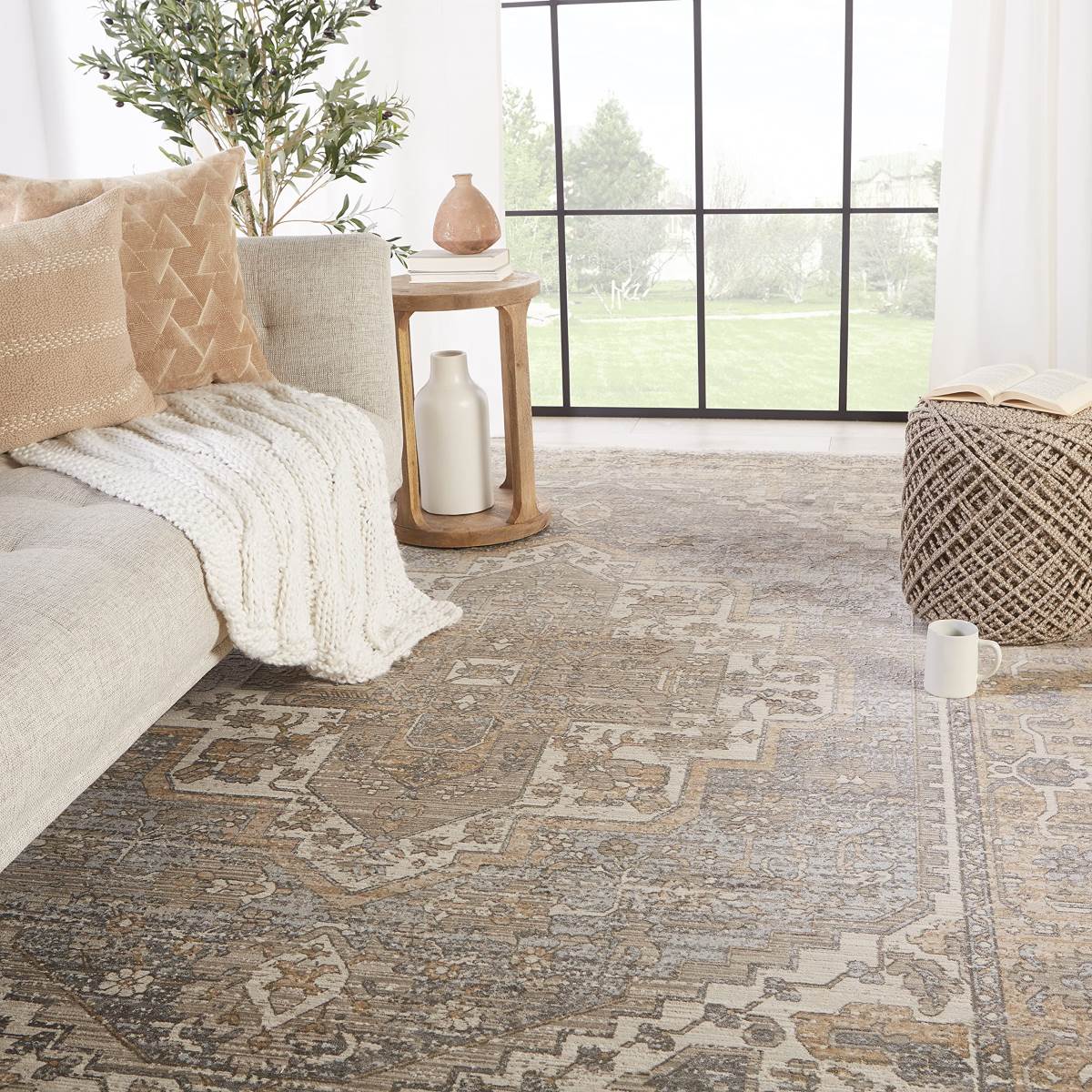

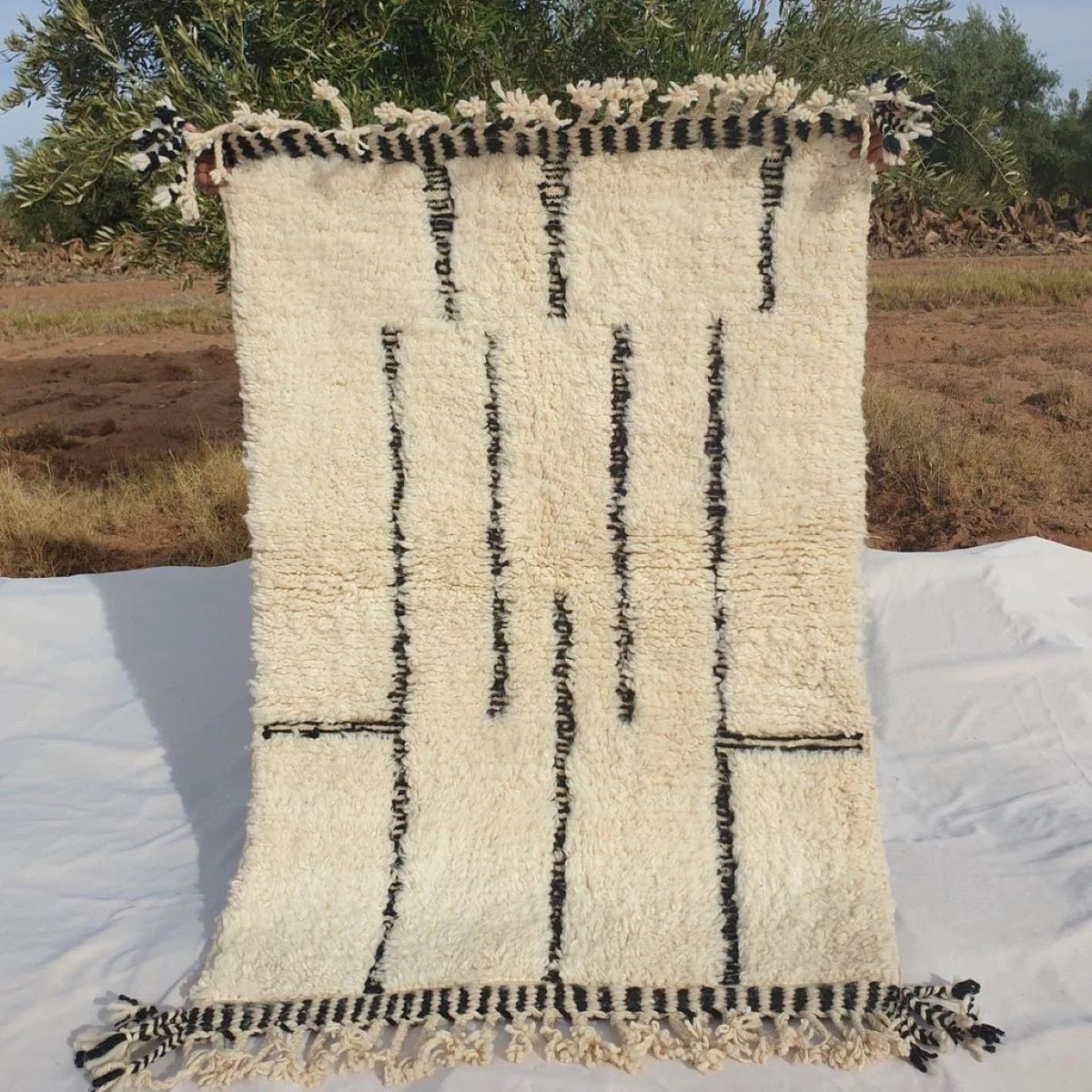
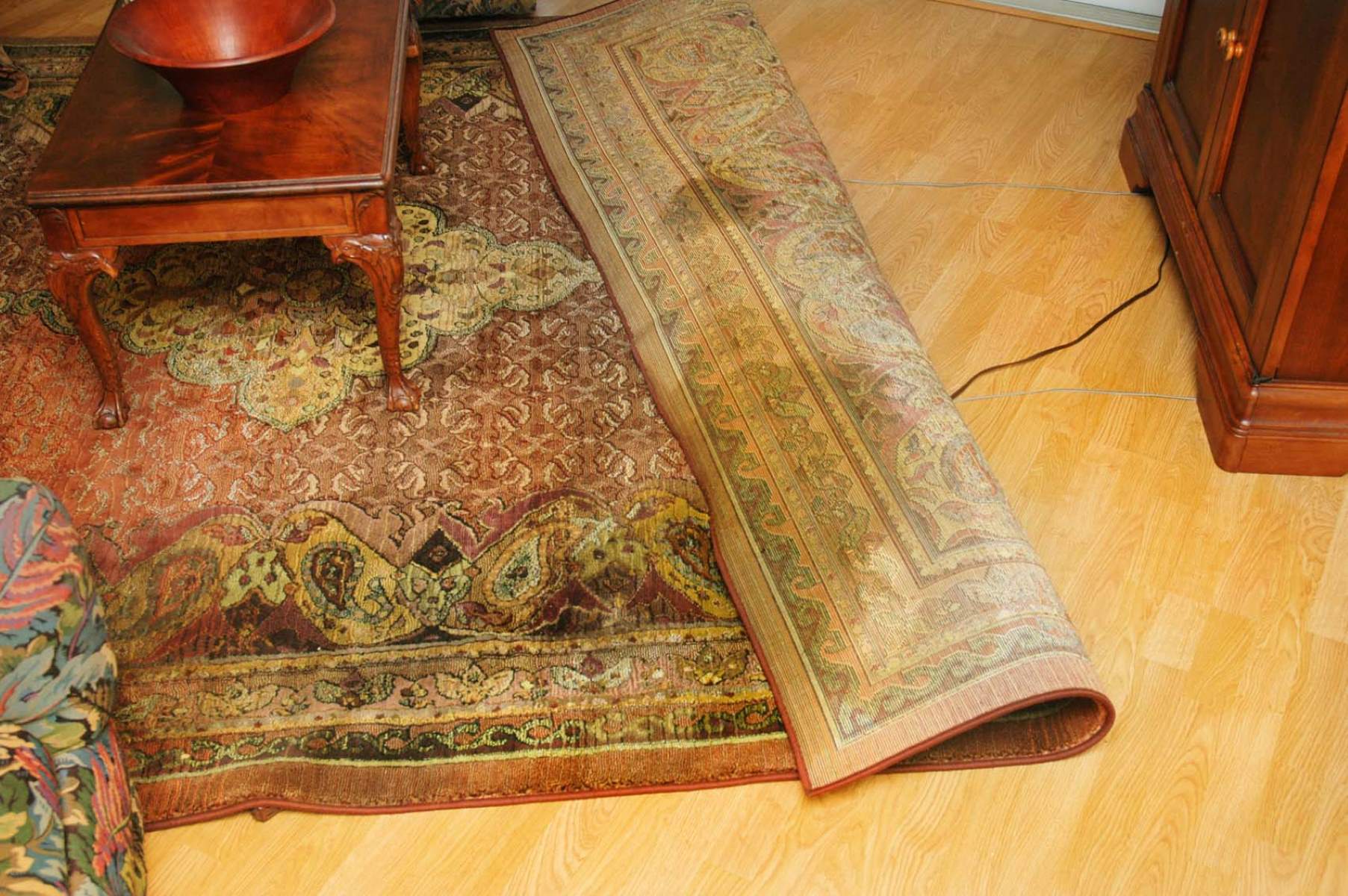
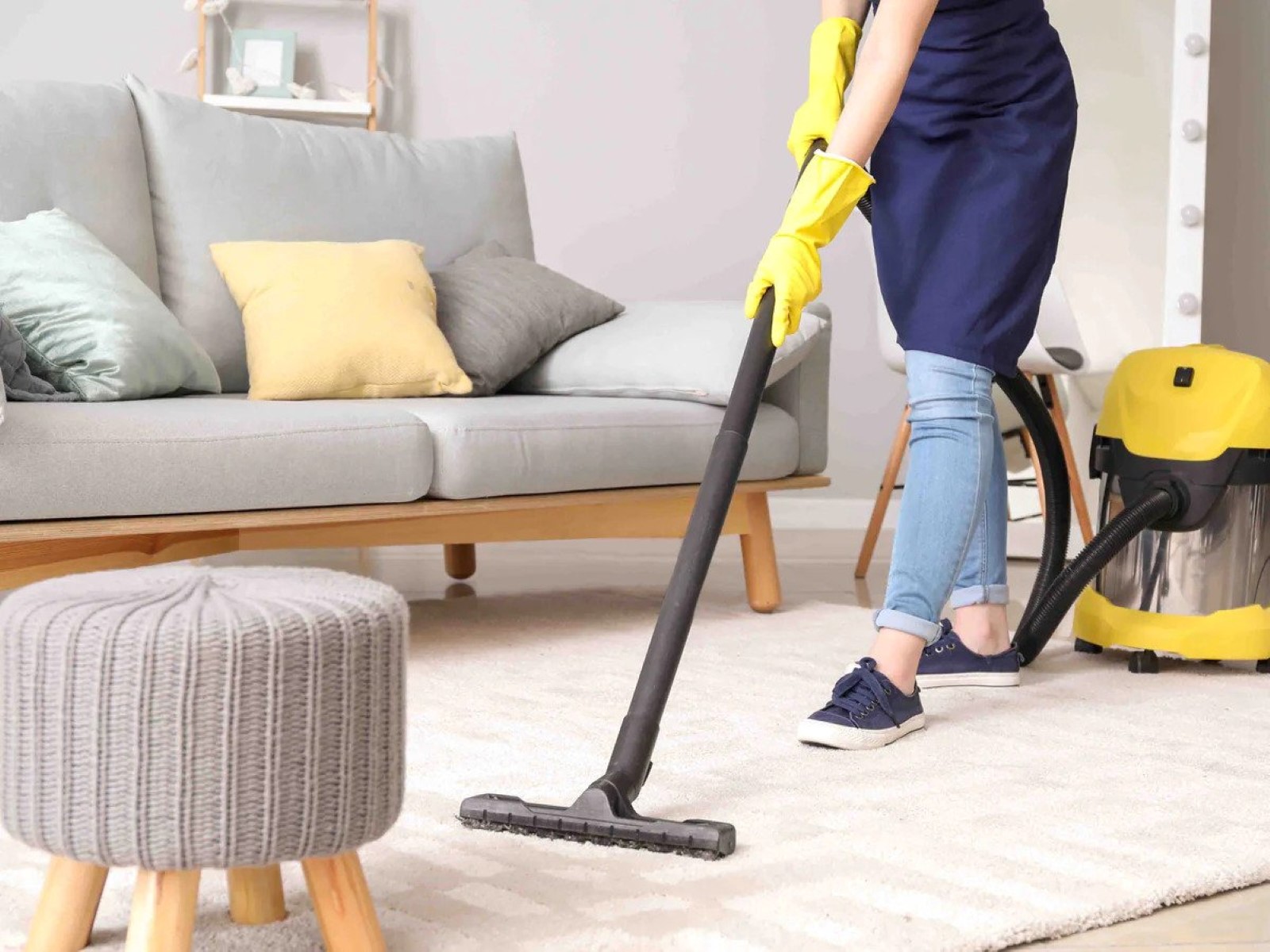
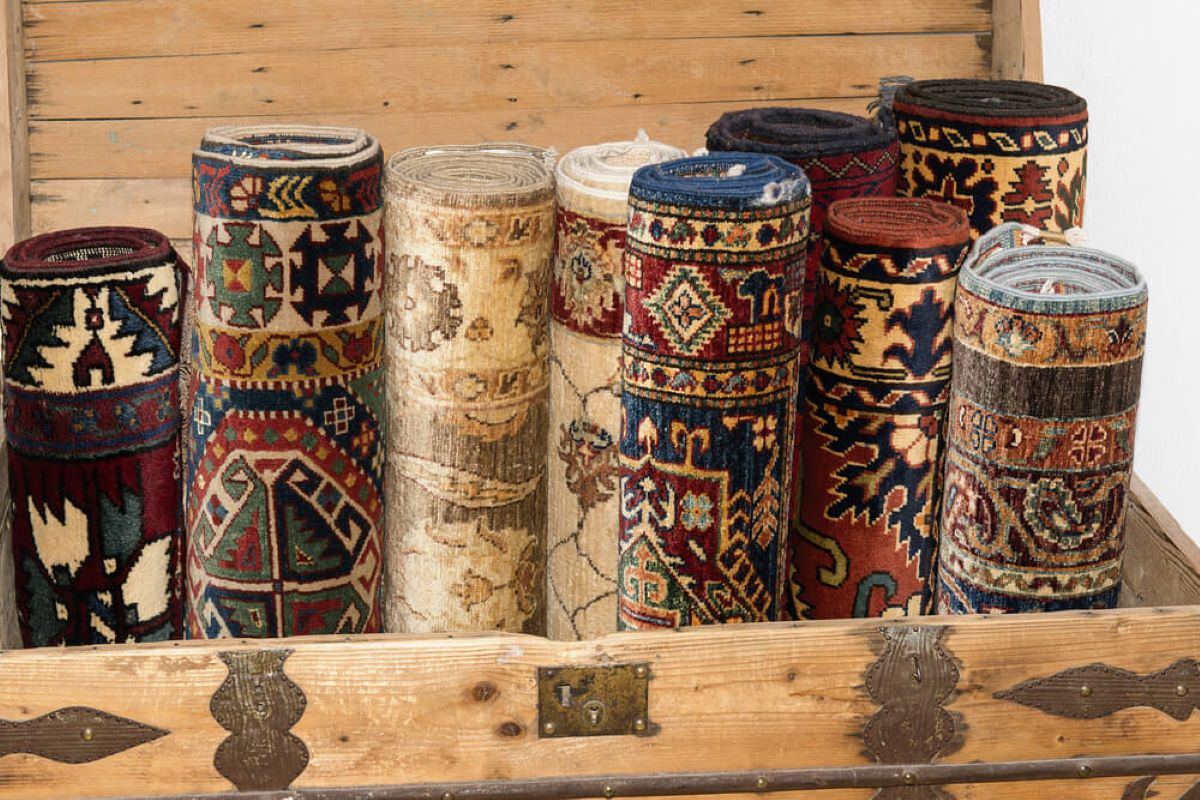
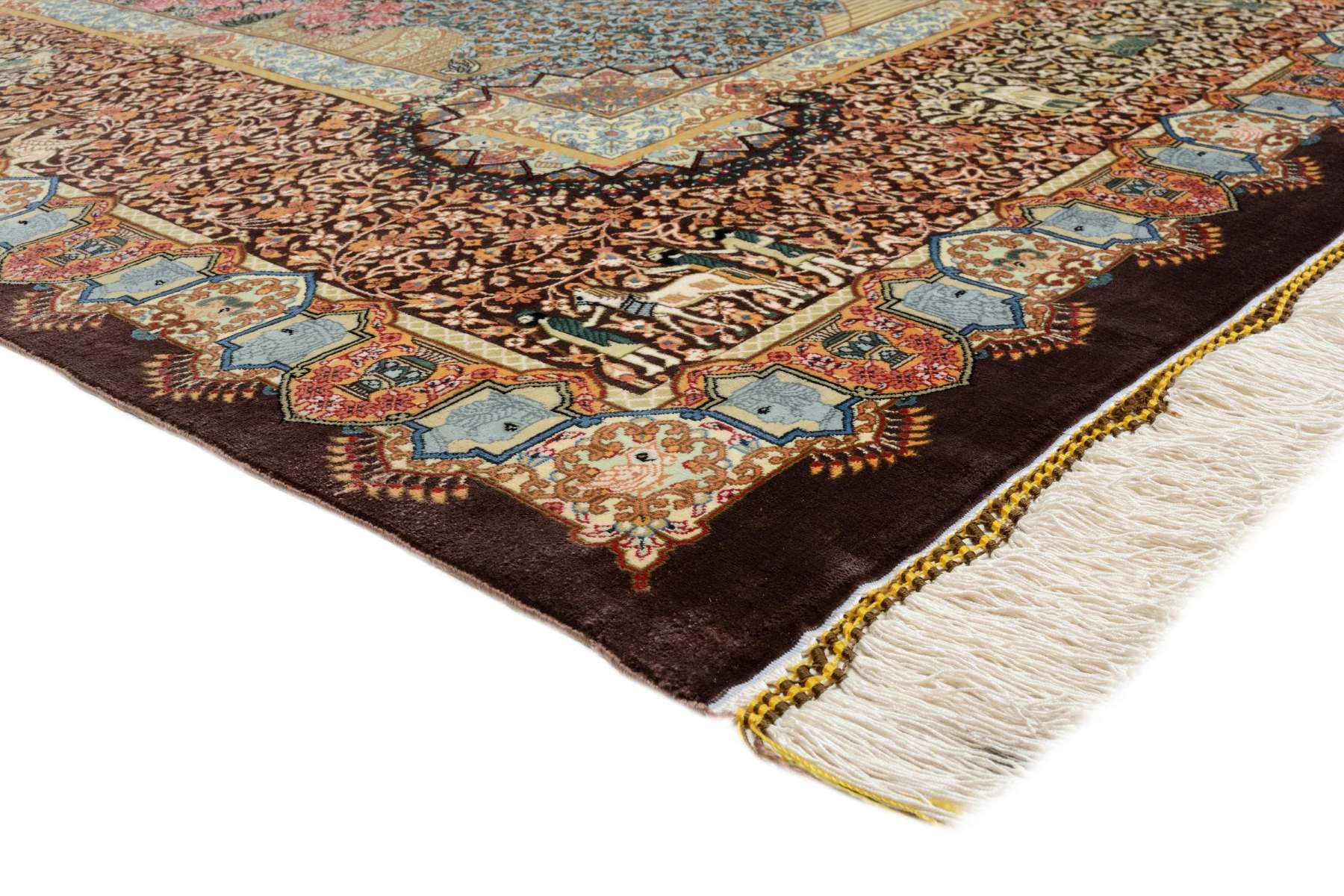
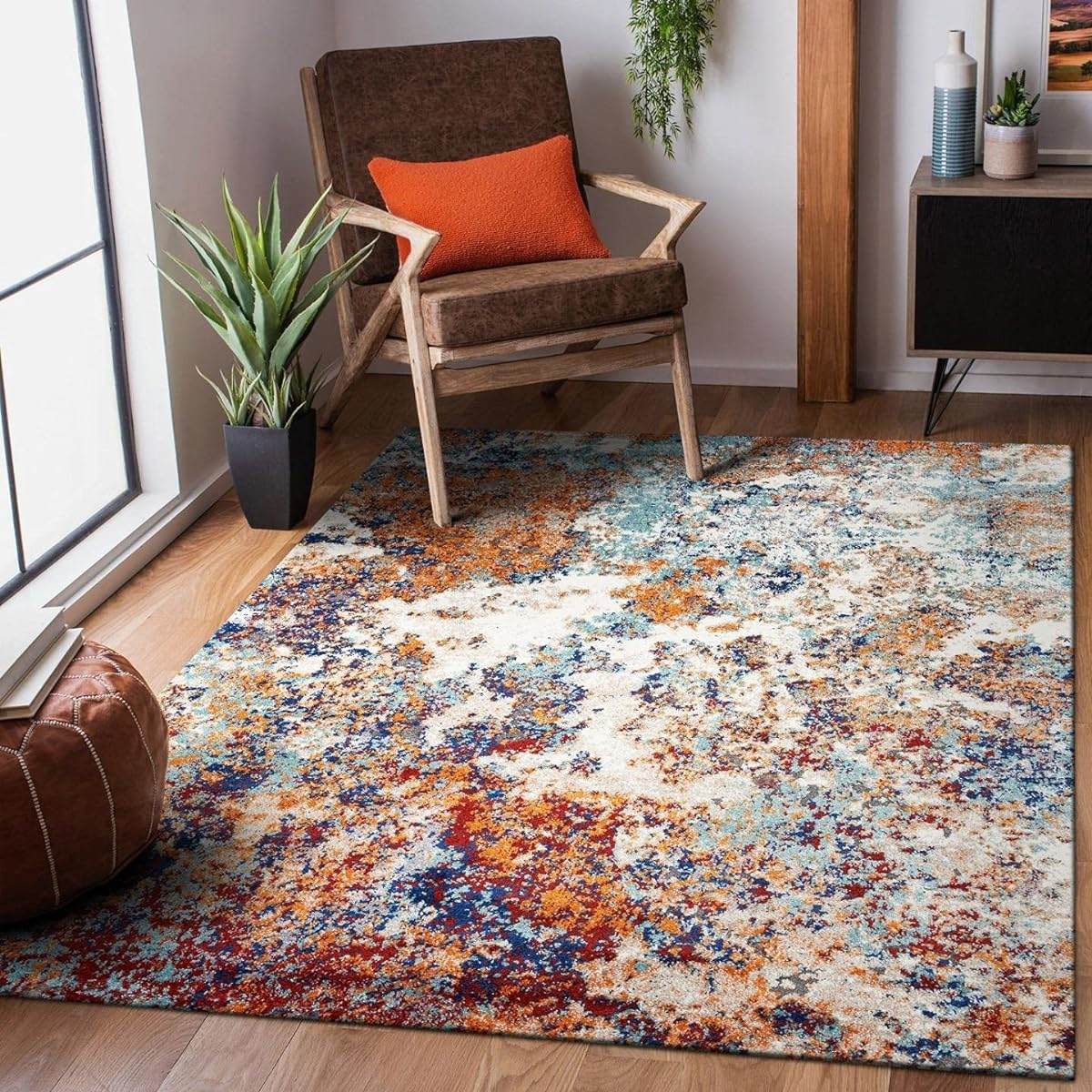
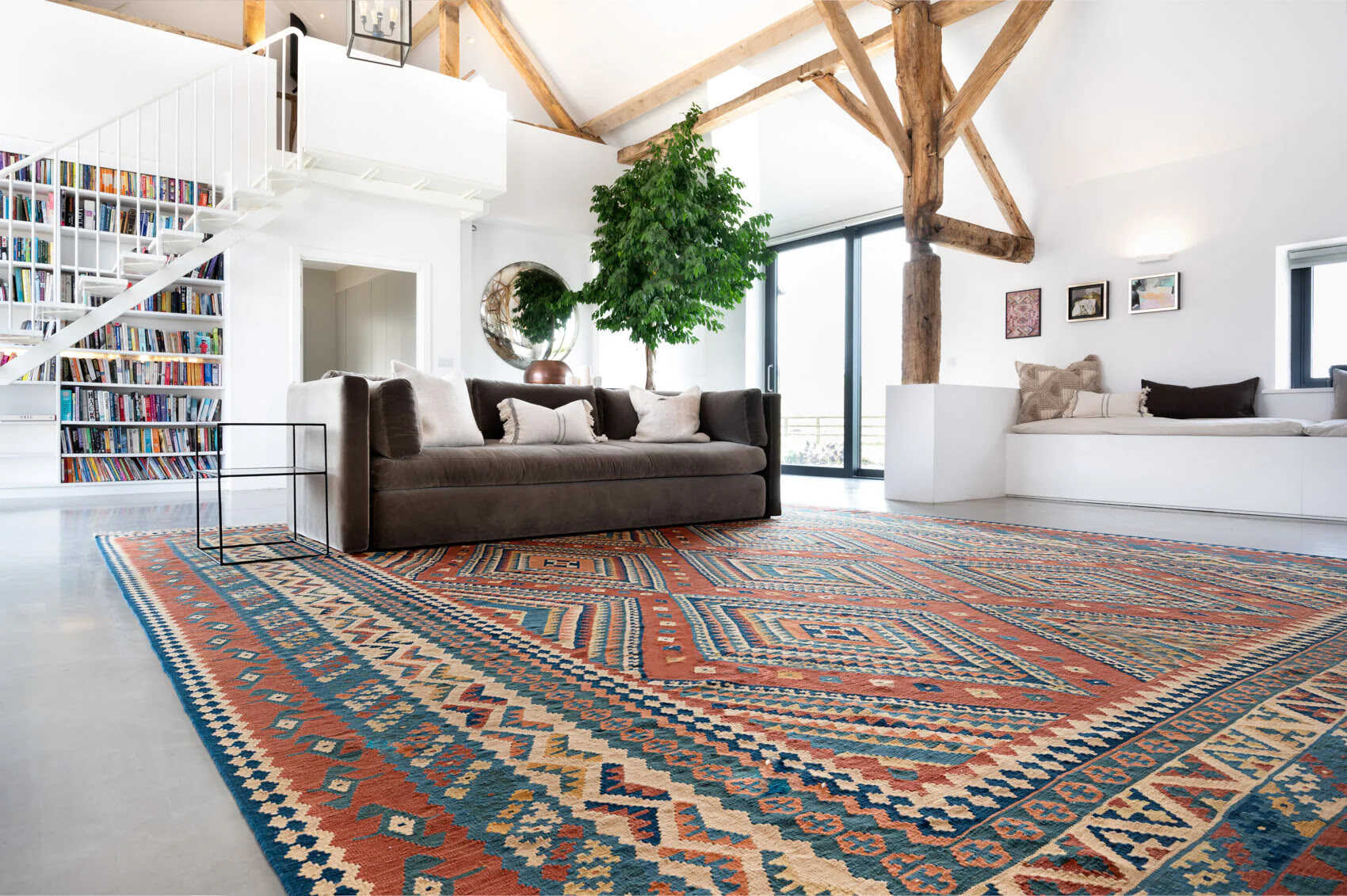
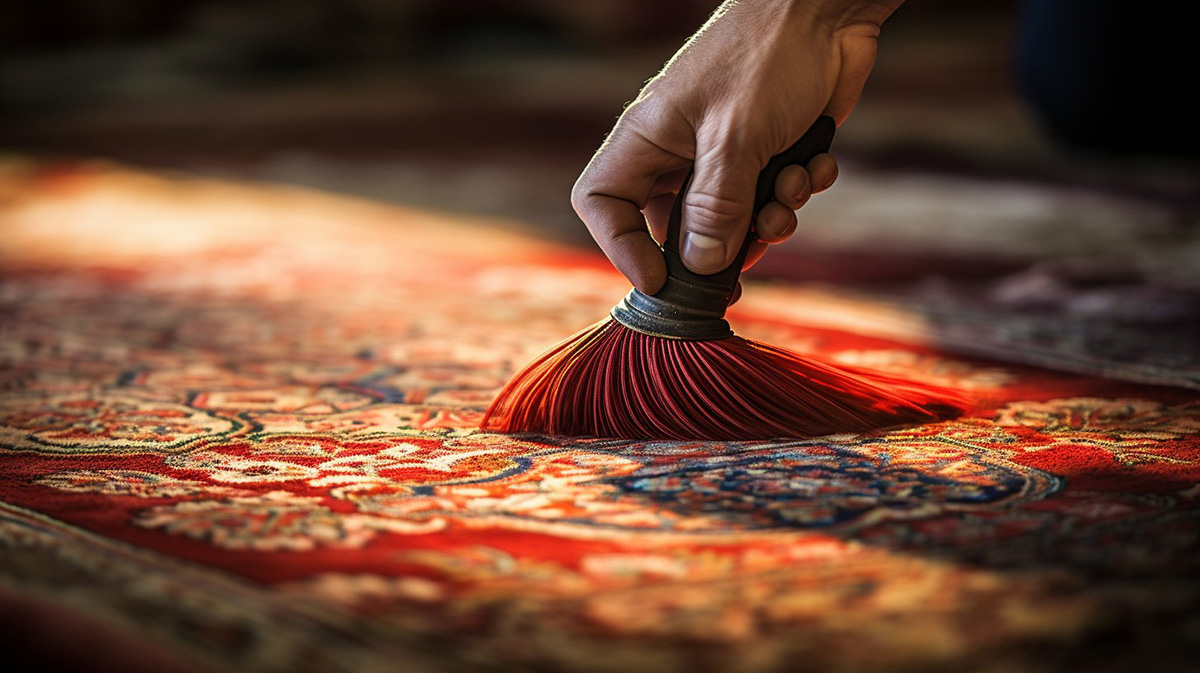

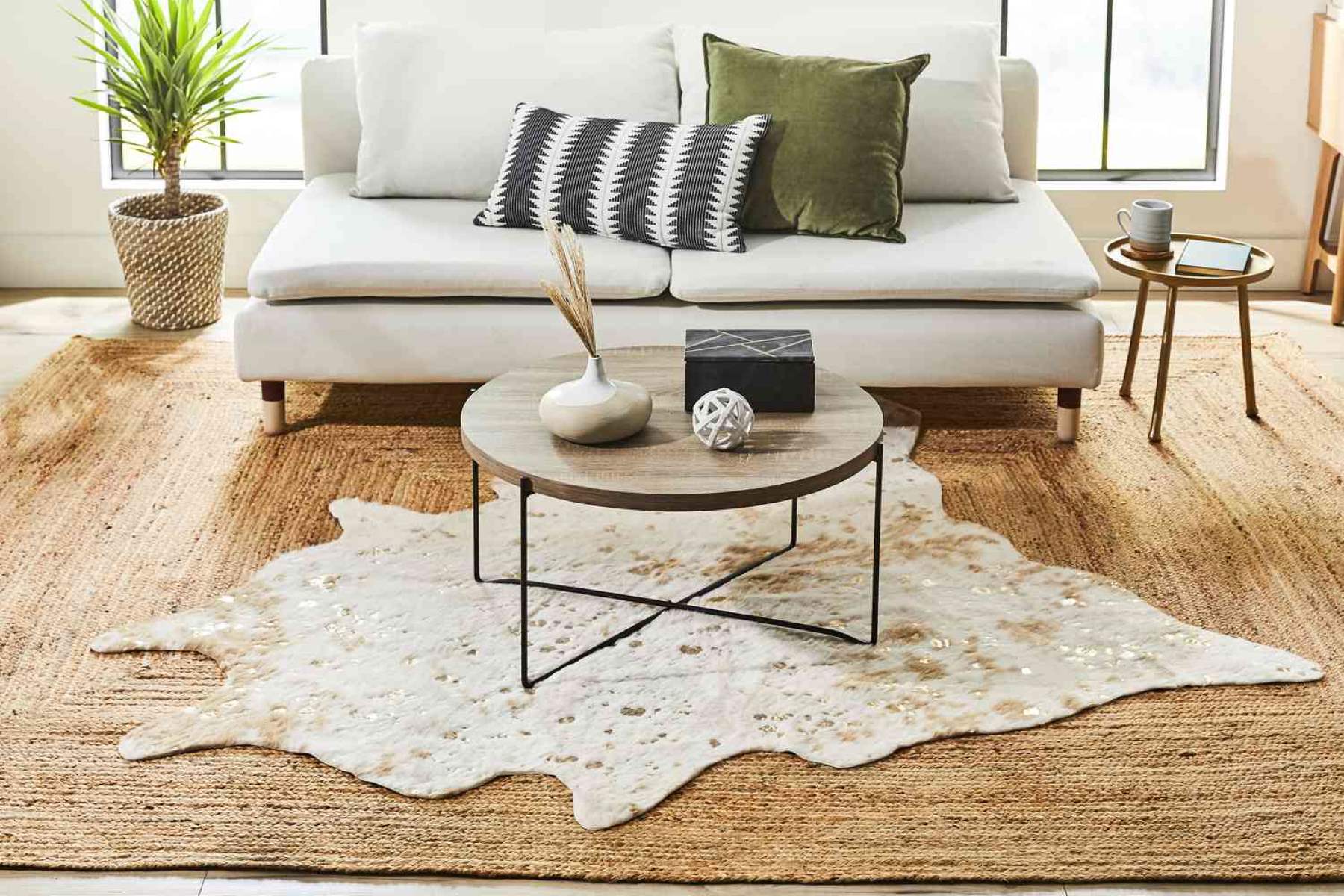
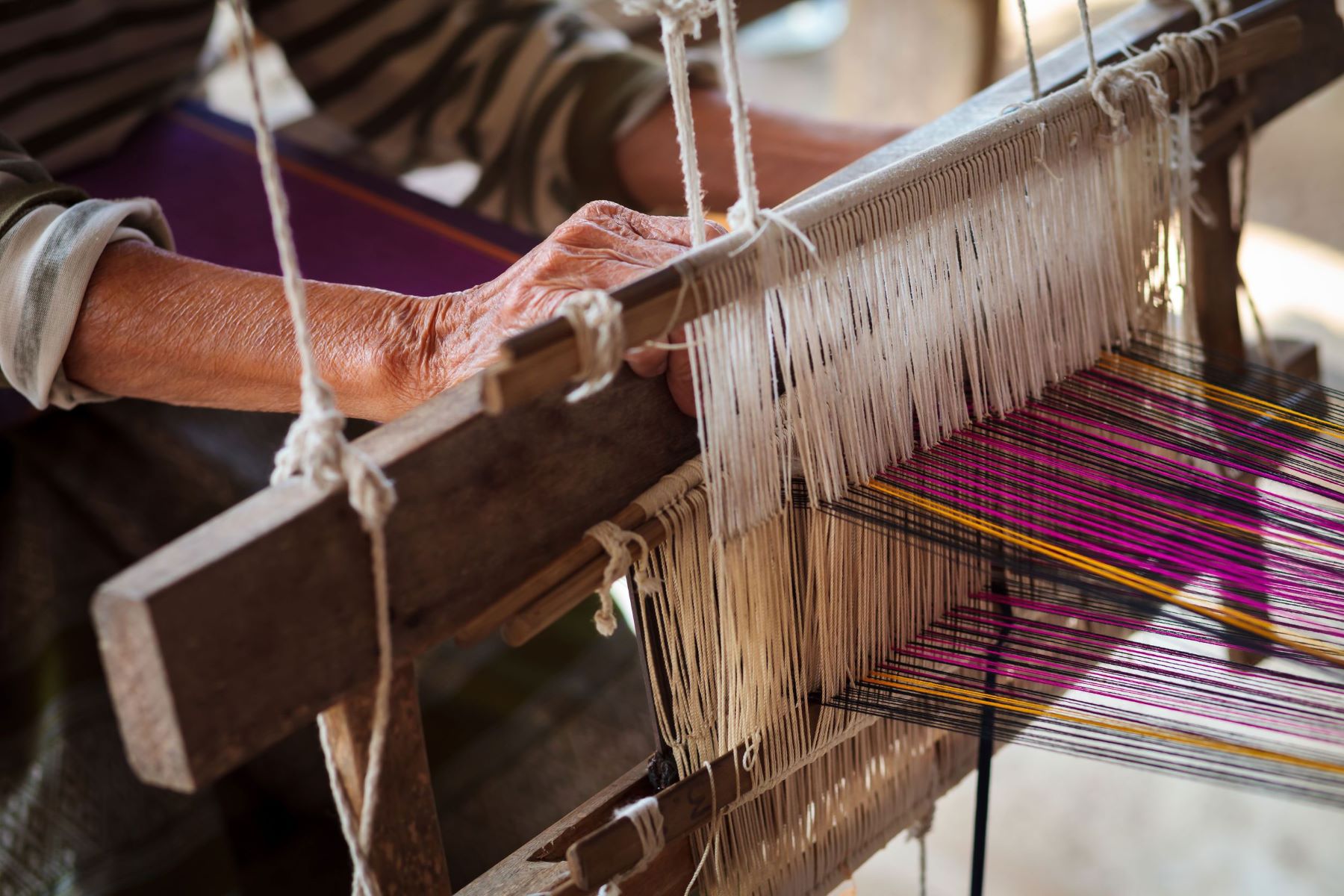

0 thoughts on “How Do You Clean Persian Rugs”